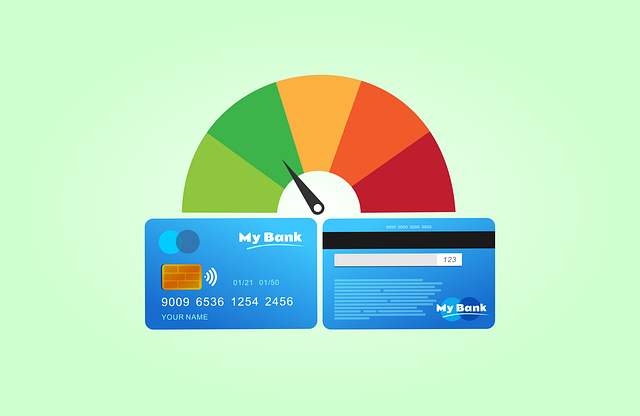TL;DR:
When facing short-term financial needs, businesses must distinguish between working capital and business loans. Working capital loans cater to immediate operational expenses like inventory or payroll with flexible terms, while business loans fund longer-term growth initiatives with stricter requirements. A crucial step is comparing loan types based on uses, application processes, interest fees, and repayment schedules. This loan terms comparison and loan cost analysis ensures businesses choose the most suitable financing for their short-term vs. long-term goals, optimizing financial health and efficient resource allocation.
In today’s dynamic business landscape, understanding the nuances between various financing options is crucial. When it comes to short-term financial needs, working capital vs business loans often arises as a key consideration. This article aims to demystify these differences and provide insights into comparing loan types suitable for immediate requirements. We’ll delve into uses of working capital loans, analyze loan terms and costs, and guide you through the application process, ensuring informed decisions for your business’s short-term success.
- Working Capital vs Business Loans: Understanding the Differences
- Comparing Loan Types for Short-Term Financial Needs
- Analyzing Loan Terms and Costs for Working Capital Loans
Working Capital vs Business Loans: Understanding the Differences

When it comes to meeting short-term financial needs, understanding the distinction between working capital and business loans is crucial. While both serve as financial tools for businesses, their purposes, structures, and implications differ significantly. Working capital loans are designed specifically to support day-to-day operations, covering immediate expenses such as inventory purchases, payroll, or cash flow gaps. On the other hand, business loans have a broader scope, catering to various investment opportunities, expansion plans, or long-term growth initiatives.
Comparing these loan types involves a thorough analysis of their uses, application processes, and associated costs. Working capital loans typically offer more flexible terms and shorter repayment periods, making them ideal for addressing immediate concerns. In contrast, business loans may present longer terms and higher interest rates, reflecting the investment nature of the funding. A loan cost analysis should consider not just the interest but also any fees, ensuring a comprehensive understanding of financial obligations. When deciding between these options, businesses must evaluate their short-term vs long-term goals to select the most suitable financing route.
Comparing Loan Types for Short-Term Financial Needs

When it comes to addressing short-term financial needs, understanding the nuances between working capital vs business loans is crucial. While both serve as vital tools for businesses, their purposes and structures differ significantly. Working capital loans are designed to cover immediate operational expenses, inventory purchases, or cash flow gaps. They offer flexibility in terms of usage and often have shorter repayment periods, making them ideal for tactical financial management. On the other hand, business loans are typically structured for longer-term growth initiatives, equipment purchases, or expansion projects, with more stringent application processes and a broader range of interest rates.
Comparing loan types involves a meticulous loan terms comparison and loan cost analysis. Businesses should scrutinize interest rates, fees, repayment schedules, and collateral requirements before applying. For instance, working capital loans might attract lower interest rates due to their short-term nature but could have higher fees, while business loans may offer more favorable long-term rate structures. Understanding the specific needs of your business and selecting the most suitable loan type can help optimize financial health and ensure efficient utilization of funds for projected goals.
Analyzing Loan Terms and Costs for Working Capital Loans

When considering a working capital loan for short-term needs, it’s crucial to analyze and understand the loan terms and associated costs. Unlike traditional business loans that are often structured for longer-term financing, working capital loans are designed for immediate cash flow requirements, making their terms and costs unique. A key distinction lies in the repayment period; these loans typically offer shorter payback windows, ranging from a few months to a year.
Comparing different loan types is essential. Traditional business loans may have fixed interest rates but often require collateral, whereas working capital loans are more flexible with variable rates, relying on revenue and cash flow as guarantees. The uses of working capital loans are diverse, catering to various business needs such as inventory management, operational expenses, or capital injection during seasonal lulls. During the application process, borrowers should prepare detailed financial statements and projections to facilitate a thorough loan terms comparison and ensure they select the most suitable option. A meticulous loan cost analysis will help businesses avoid unexpected fees and charges, ensuring they receive the most favorable terms for their short-term working capital requirements.






